Search
Search Results
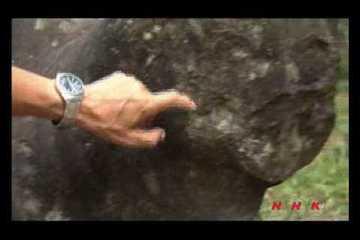
Video
My Son Sanctuary (UNESCO/NHK)
Between the 4th and 13th centuries AD a unique culture which owed its spiritual origins to Indian Hinduism developed on the coast of contemporary Viet Nam. This is graphically illustrated by the remains of a series of impressive tower-temples...
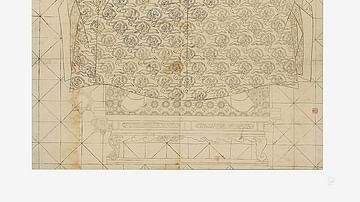
Definition
Taejong of Joseon
King Taejong of Joseon (r. 1400-1418) was the third ruler of the Joseon Dynasty in Korea. Taejong was a driving force behind consolidating and strengthening the king’s power, and while he was an effective ruler, his violent means of winning...
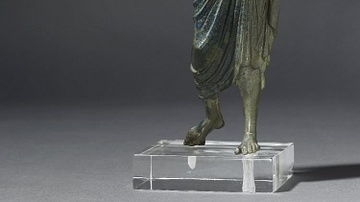
Definition
Etruscan Religion
The religion of the Etruscans, the civilization which flourished from the 8th to 3rd century BCE in central Italy, has, like many other features of the culture, long been overshadowed by that of its Greek contemporaries and Roman conquerors...
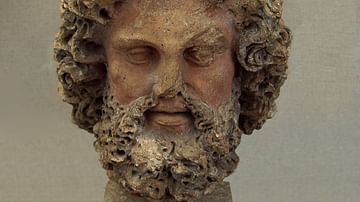
Article
Etruscan Pantheon
The religion of the Etruscans included a myriad of gods, goddesses, and minor divine beings, some of which were indigenous and some were imported, especially from Greece, and then given their own particular Etruscan attributes and myths...
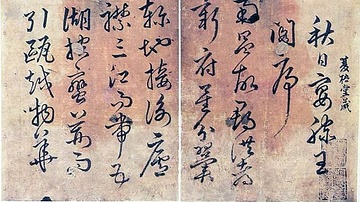
Image
Korean Calligraphy
An example of Korean calligraphy by one of the nation's most renowned calligraphers Han Ho (penname Han Seok-bong) titled "Jeungryu yeojang seochep" (1543~1605). Very often the finest calligraphy was done on hanji, the traditional high quality...
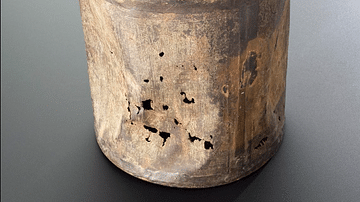
Image
Donkin Tin Can
A Donkin tin can. The commercially viable tin can that preserved food was invented in 1811 by Bryan Donkin (1768-1855). Donkin built on the ideas of others to perfect a cheap and safe canning process. The idea was that soldiers, mariners...
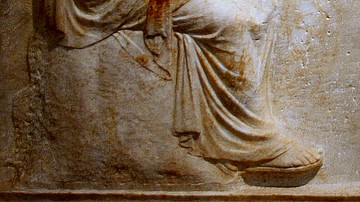
Image
Apollo, detail from NAM, Athens, 215.
Detail of Apollo from NAM, Athens, 215. He is seated on a tree stump, wearing chlamys and chiton, and sandals. In his left hand he rests his seven string lyre (the stings would have been painted; the number of tuning pegs gives their frequency...
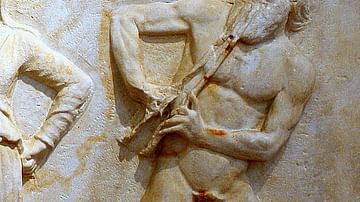
Image
Marsyas, detail from NAM, Athens, 215.
Detail of Marsyas from NAM, Athens, 215. The bearded satyr can be seen in a state of movement as he plays his auloi, the spread of his fingers is preserved by the left hand, and presumably corresponds to the finger-holes of the instrument

Image
Tin
A terracotta bust of the Etruscan god Tin/Tinia, head of the pantheon and equivalent to Zeus/Jupiter. 300-250 BCE. (Staatliche Antikensammlungen, Munich)

Image
Detail, Chimera of Arezzo
A detail of the head of the Chimera of Arezzo. An Etruscan bronze dating to the 5th-4th century BCE it represents the fire-breathing monster of Greek mythology which had the body of a lion, a snake tail and goat head coming from its back...